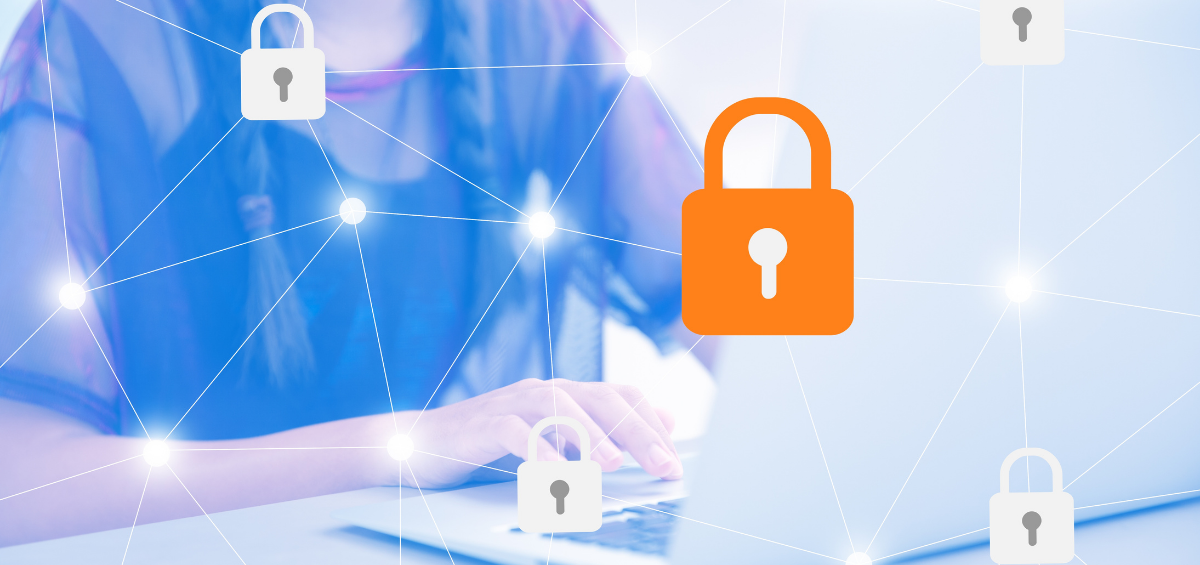During the last decades, technology and innovations entered strongly into our everyday lives, changing the way we thought activities, smoothening processes, and basically helping us save time and sources. Thanks to online onboarding, the ways to acquire new users or clients became faster and frictionless.
In a context characterized by low security, such as social media, onboarding requires a minimum of proof of identity, while in more sophisticated and sensitive situations, such as banking or public institutions, greater identity proof is required to connect the digital service to a specific person. Before, these processes were held in person rather than remotely, but also Covid-19 pushed organizations towards the adoption of these new strategies to fill the customers’ new needs of mobility and quickness.
But, at the same time, this conversion towards digital causes an increasing number of cyber frauds such as identity thefts, which threaten and put in danger people’s personal data and sensitive information. For this reason, governments and institutions began to focus on developing a set of norms and regulations that are able to preserve and prevent these crimes. Moreover, the pandemic situation we were forced to live in last year enlightened the urgency for companies to develop and offer clients new strategies to onboarding them, as we explored here.
The top priority in businesses’ agendas started to be their processes’ security, which could be targeted by using new technologies and procedures. Furthermore, passwords management became an increasing and potential risk for customers, who, now more than ever, are asked to handle a large number of them, ending up always using the same, facilitating the work of fraudsters. In order to offer a solution for this problem, the EU established new rules, such as the Payment Services Directive, known as PSD2, which obliges companies to use at least two factors when authenticating a customer’s identity. This certainly contributes towards the improvement of security, but it also should be followed by stricter policies to avoid cybercrimes.
So, what are the new technologies that companies can use?
One of the most efficient and widespread is without any doubt biometrics technology. Biometrics authentication uses body measurements and calculations related to human characteristics to access control in the most secure way. Thanks to its use, the risk of identity theft reduces drastically, regarding the user's presentation of documents to prove his identity. As we said, the technology used for confirmation measures distinctive physical or behavioural characteristics of a person. Here we present two cases of use of digital onboarding adopting biometric data:
- During a new banking service online, ensuring that all banking services are linked with the person without the risk of duplication of people.
- Signing up to a new telecommunications service online, uploading both documents and proof of identity which are based explicitly and entirely on distinctive physical attributes of a particular human being.
Using biometrics, your business must develop onboarding tools in order to be sure that the person whose biometric information is shown to the onboarding system is actually present at the time of onboarding. Moreover, companies must consider that user experience is designed clearly in order to maximise the quality of data used, be the most efficient and transparent ever, answering to the customer's need for security properly.
A case of study: the Financial Sector
Considering the financial sector, which is one of the pioneers in the use of this technology, during last year, due to Covid-19 we experienced a widespread of onboarding using biometrics technology. The stay at home policies caused an increasing number of both mobile and online transactions that were preferred rather than in-branch or POS terminals activities. The need of avoiding physical contact with people and the inclination of not going to crowded places, made non-contact modalities such as voice, face and iris more requested and common for both online payment authentication and onboarding.
All this made imperative the necessity of proving that a person is truly real.
The use of “passive” liveness detention ensures a frictionless experience for the customers, minimizing their time and extra efforts.
This also helps banks in containing costs, ameliorating operational efficiencies, creating an immersive and efficient experience for customers adding great value for the company. In fact, a successful onboarding process will increase the customer lifetime value, reducing the churn rate, making the client more profitable. A recent study enlightened the fact that 40% of new customers abandon the onboarding process after 20 minutes, so it’s essential to offer them a smooth and quick onboarding process not to lose them. Moreover, another study underlined the importance of giving them easy and understandable steps to follow, not to unfocus their attention and drop their attention.
Which are the prospects about biometrics and its integration with online onboarding?
Analysts say that biometrics is not going to replace password 100%, but it will represent a tool which will be fundamental towards the conversion to a world without traditional password management.
Which solutions support a technology based on biometrics?
tapID represents the best way towards the customization of your Customer Onboarding process. In fact, thanks to its absolute and complete platform, you will be able to offer your clients a frictionless and quick experience without employing resources and losing time. Thanks to the use of biometric technology, customer enrollment will be safe and guaranteed by compliance with the current main regulations in terms of privacy, security, and money laundering.
If you want to find out more about the advantages of our services, please contact us to arrange a demo or to ask for more information.




